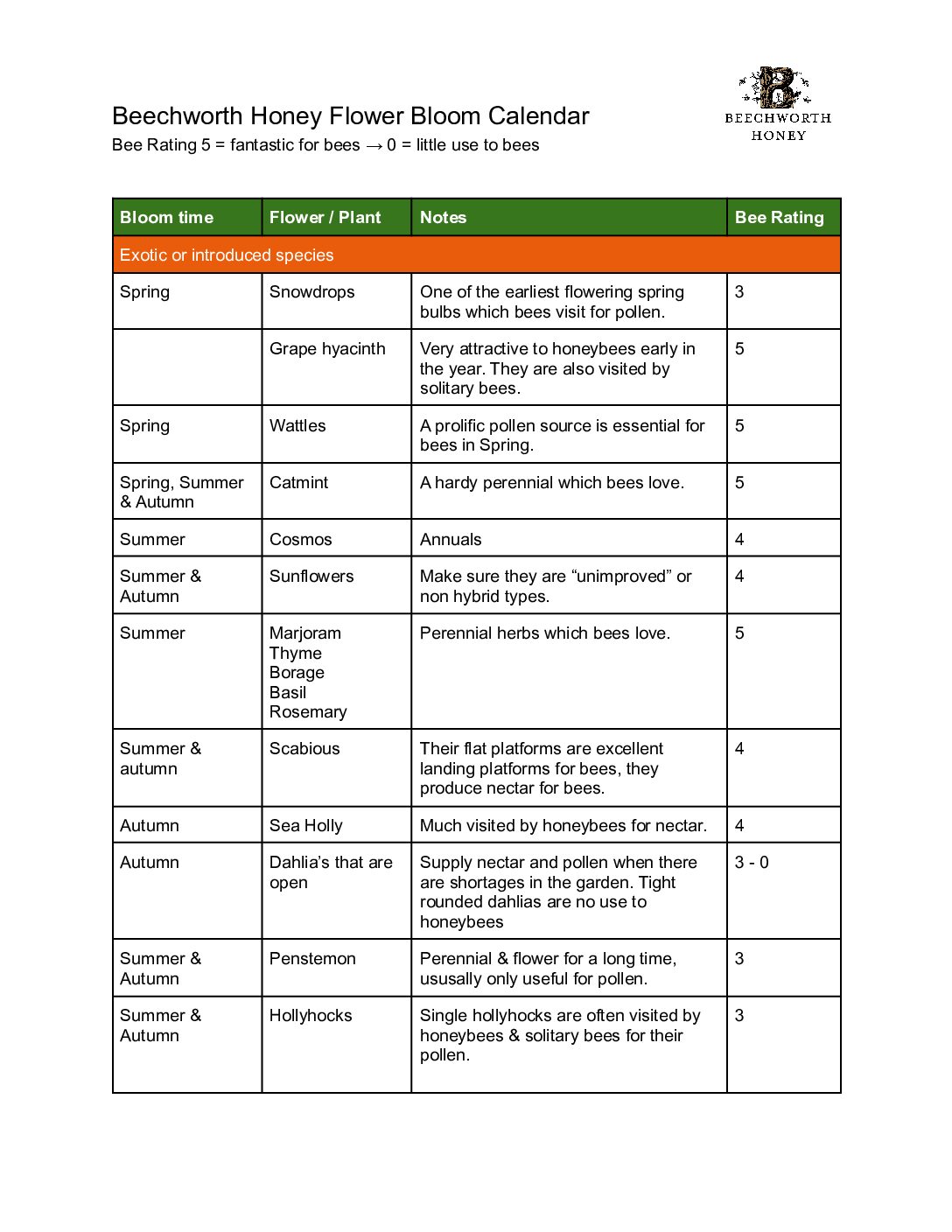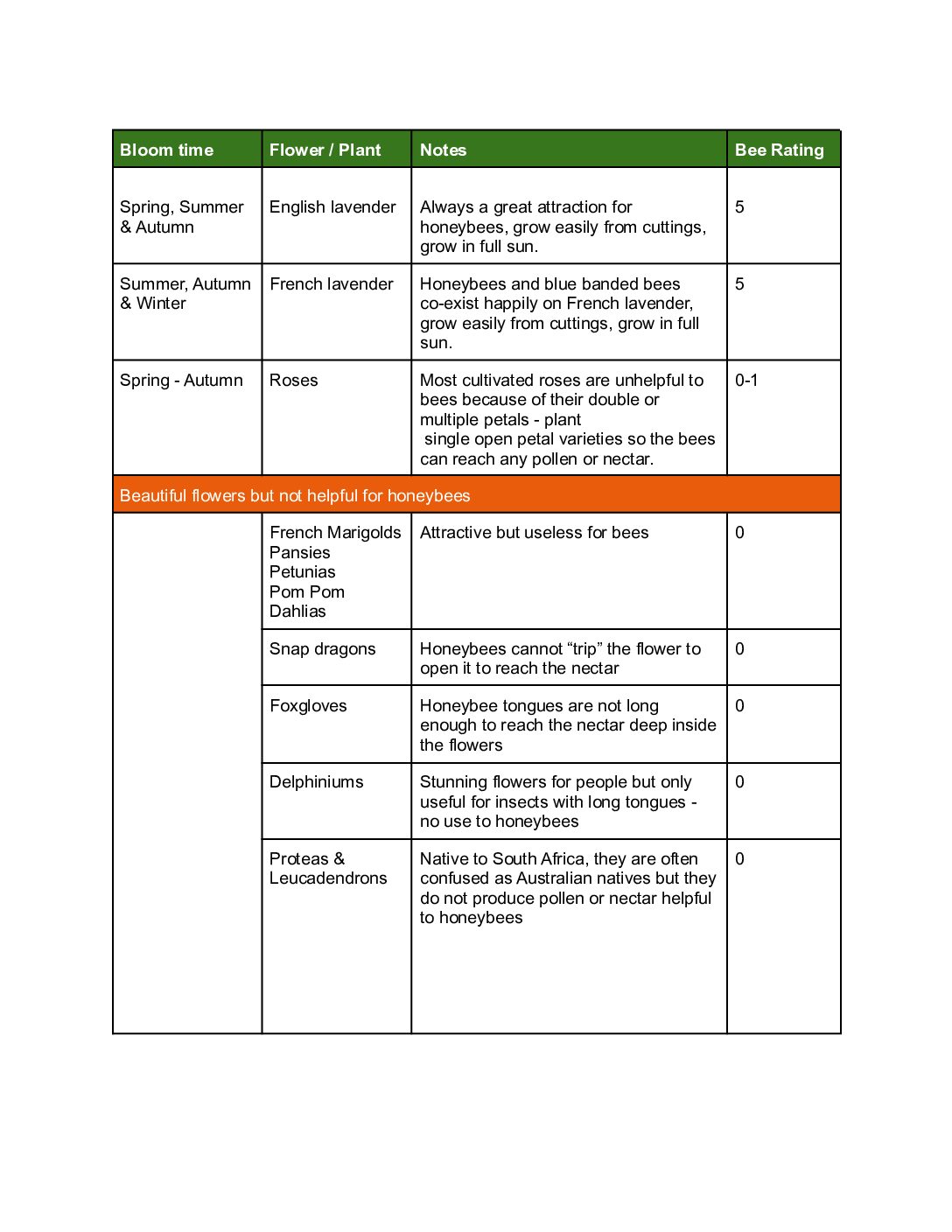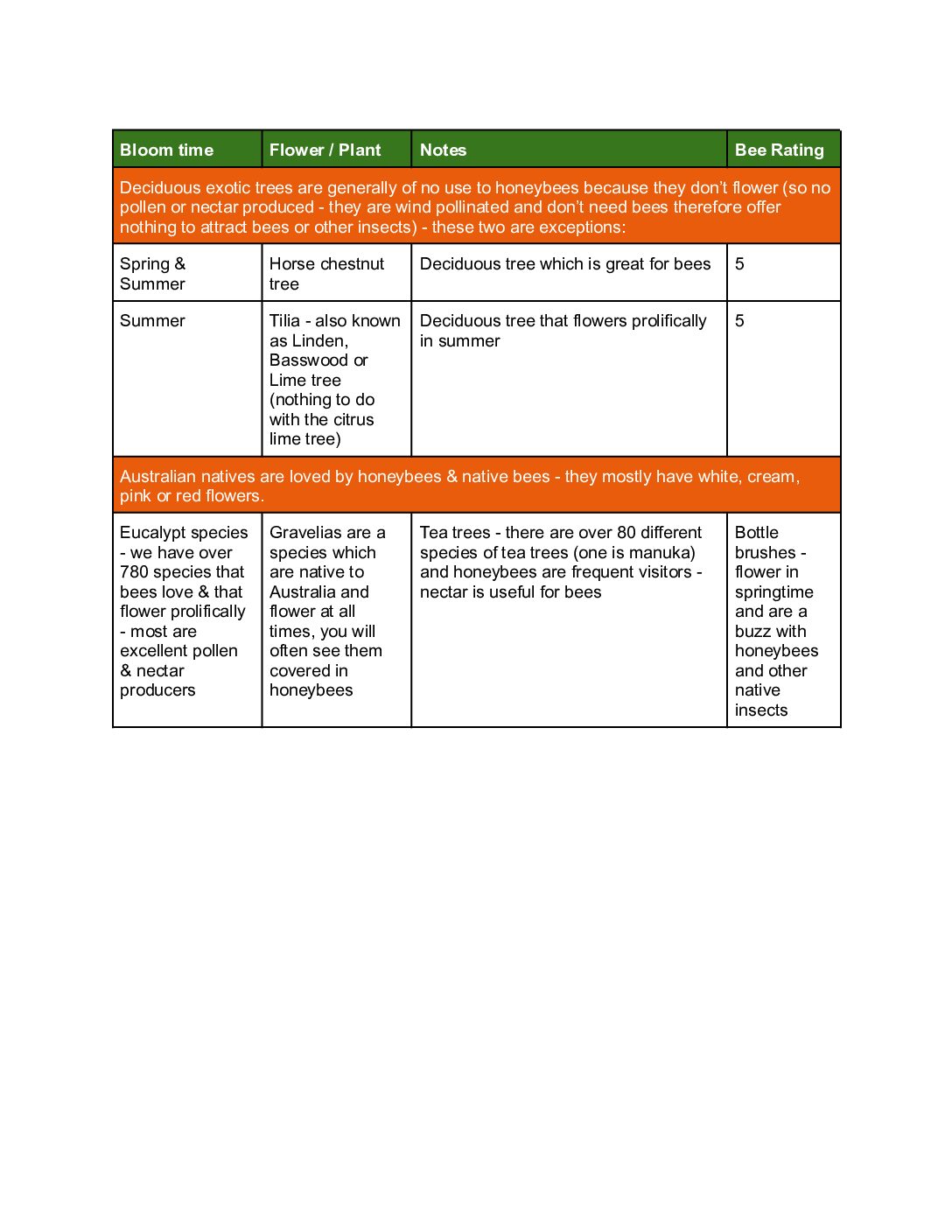World Bee Day 2021
World Bee Day is a special day for us to talk about the essential role of bees in our ecosystem. This year we introduce you to Scout's Garden, a little patch of floral loveliness that supports bees and native pollinators.
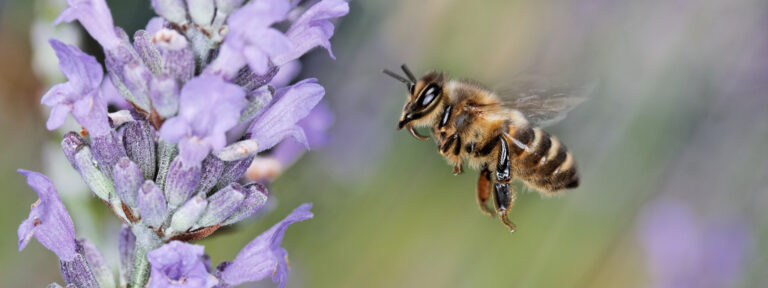
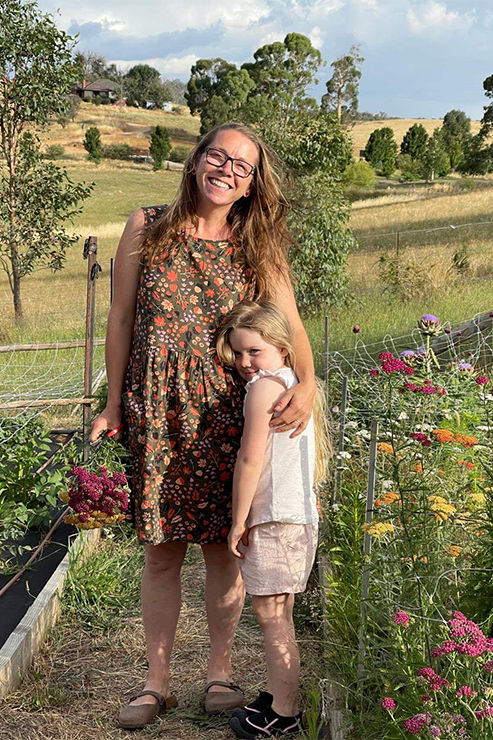
Issy at Scout's Garden
‘Slow Flowers’ and Bees
Issy is the founder of Scout’s Garden, a bee-friendly flower micro-farm that is bursting with life, just outside our hometown of Beechworth. All flowers are grown without pesticides and are 100% safe for bees, butterflies, birds and all pollinators.
Scout’s Garden is part of the global ‘slow flower movement’, which means they grow flowers as naturally and holistically as possible, working with the seasons and with Mother Nature. Issy’s flowers are proudly bee-friendly or ‘florals with morals’ as Issy puts it. Issy is a founding member and board member of Flower Industry Australia which is the peak body representing flower growers and florists across Australia. She is their biosecurity advisor with a background in science and biosecurity.
Unlike the blooms grown by Issy, many commercial flowers today have been bred to make their foliage or flowers attractive to humans. In doing so the plant’s ability to produce pollen and nectar has often been lost rendering them useless to bees and other pollinators.
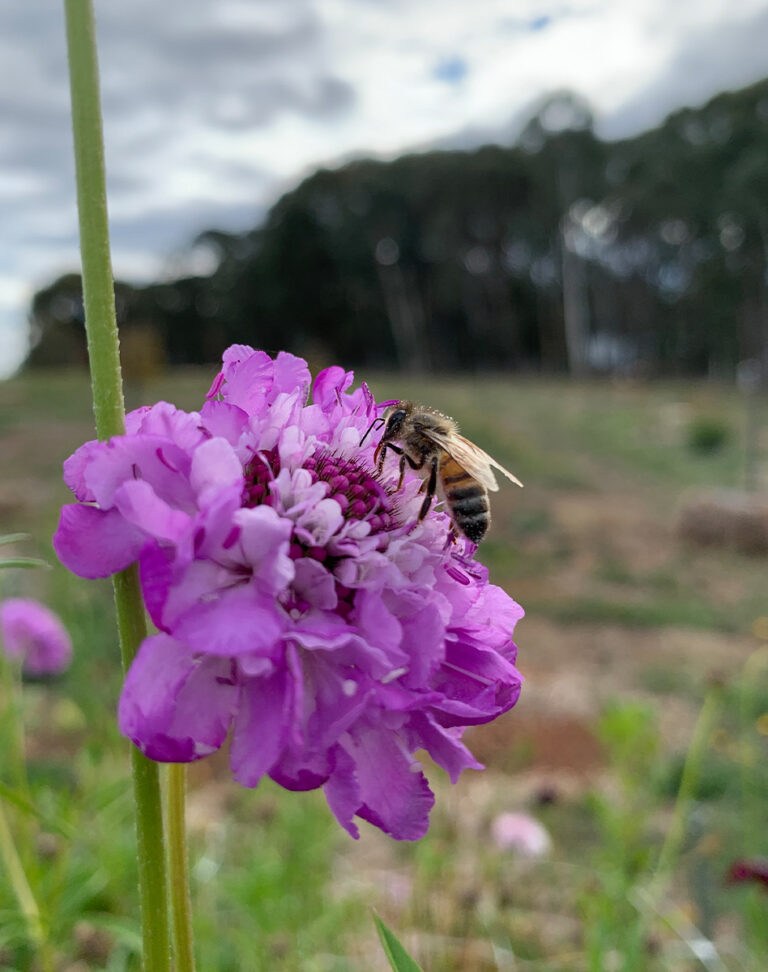
Bees and Pollination
Honeybees collect essential stores of nectar for honey production and pollen to feed their brood from flowers. In doing so they spread pollen and pollinate the flowers which can then produce many of the fruits, vegetables and nuts we all enjoy. Two-thirds of Australia’s agricultural production is dependent on bees and their pollination services.
At Beechworth Honey we are absolutely passionate about Australia’s honeybees. We created Bee Cause to help fund important research that helps bees, the environment and biodiversity. Part of our work is about bringing information to you that will help bees and native pollinators and one of the best ways to do this is through flowers.
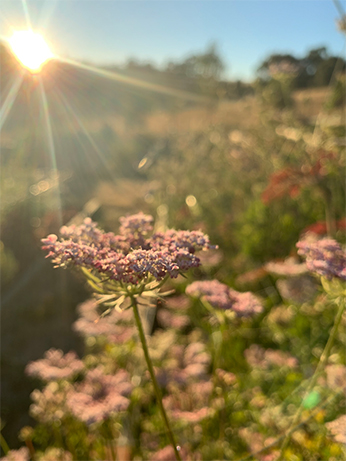
Issues with Imported Flowers
Imported flowers have tripled in volume over the past 20 years and are one of Australias highest risk pathways for the introduction of pests, parasites, and diseases. Fresh flowers and foliage account for around a quarter of Australia’s interceptions of insect pests at our borders. These threaten our environment and our agricultural industries and therefore, our honeybee and native bee populations.
Once Australia grew most of its own flowers, but low labour costs overseas have driven most of our growers out of business. There is a discussion at present around Country of Origin Labelling (CoOL) to extend to flowers, which would be a wonderful move as then consumers have the ability to choose locally or Australian grown flowers over imports. We have a fantastic cut flower industry here in Australia and if we can all make better choices when purchasing flowers, it will really blossom.
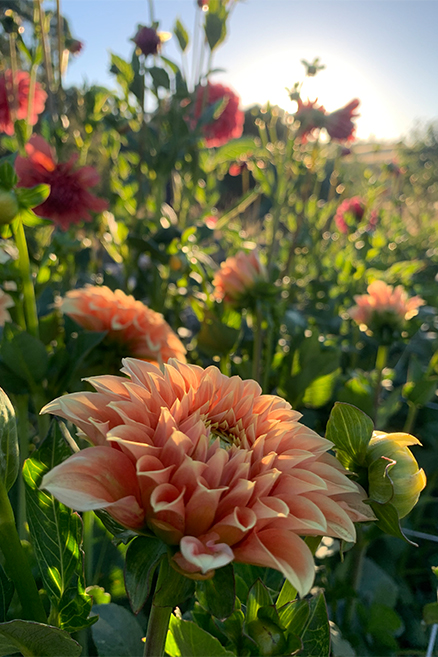
Purchasing Cut Flowers
When selecting cut flowers as a gift or to brighten up your home, choose blooms that have on their journey to your florist, supported honeybees. Ask your florist for locally grown flowers or consider purchasing from Consortium Botanicus. In partnership with Flower Industry Australia, growers in the consortium are committed to supporting and promoting the local, seasonal, micro flower farm movement in Australia. They are also bee-friendly growers.
Or to be absolutely sure your flowers have been grown without pesticides, grow them yourself from seed or from cuttings. There are hundreds of flowers that you can grow or plant – read on to see how some of them are seen by honeybees!
“Plant trees, sow seeds, save the bees.”
Issy’s Top Tips for Home Grown Flowers:
1). Water correctly – deep watering encourages strong root growth, and watering the base of plants rather than the leaves helps to prevent diseases. Watering in the morning rather than the evening enables plants to dry out, thus discouraging moulds and fungus from forming.
2). Support plant health – if plants are weak or struggling, they become more susceptible to pests and diseases. It is important to therefore make sure that your soil is really healthy (dig around to investigate for worms and other beneficial organisms!) and nutrient-rich, and any weeds are suppressed.
3) We read somewhere recently that the best pesticide is the shadow of the gardener – we love this! Before you reach for any spray, stop and really look at your garden and investigate what is happening and why that may be. Spend time out in the garden simply observing: be inquiring and look for the reasons behind the problem, rather than simply dousing plants in chemicals.
Often the real issue can be dealt with easily and the pest problem will go away! And if you simply must apply something to the problem, there are many eco-friendly alternatives out there such as dishwashing liquid or simply the act of physical removal with your fingertips.
